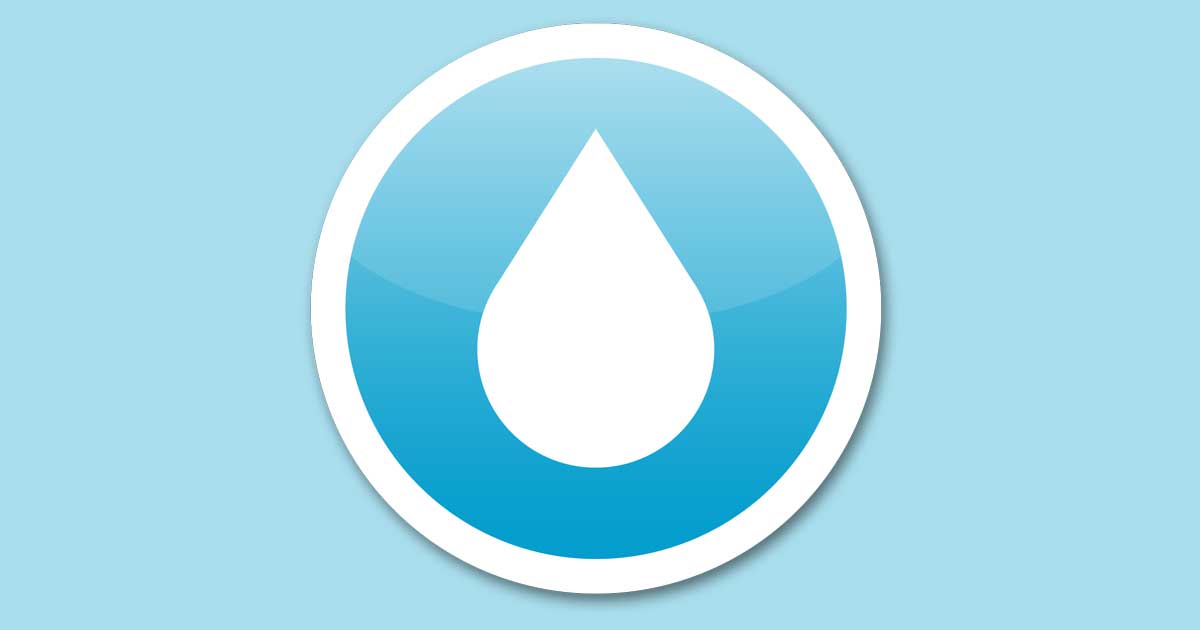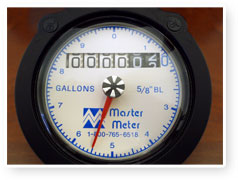STEP 1 Locate your meter box, generally found towards the front of a property, near the street. The box is typically in a direct line with the main outside faucet. It is housed in a box usually marked "water". Remove the lid by using a tool such as a large screwdriver. Insert the tool into one of the holes and pry the lid off.
STEP 2 Once you open the meter box lid, find the meter. On the face of the meter, there is a large dial and a display of numbers or there is a screen with digital numbers. Several numbers may cycle on the screen...serial number(s) and a water usage number (works like a car odometer). For the residential meter, each rotation of the dial measures 10 gallons. Read the number display from left to right. Be sure to include the stationary zero. This is your meter reading. Meters measure water in gallons or cubic feet. Charges for the amount of water consumed are rounded to the nearest thousand gallons or hundred cubic feet used during a billing period. Compare that reading to what your bill states as your current or present reading.
STEP 3 Keep in mind that you might be checking your meter on a date different from the one used for billing. This could result in a difference in the amount you find, compared with the amount on which your bill is based. However, if your reading is considerably higher than what is on your bill, check for a leak or try to determine the source of large water use.
STEP 4 Your meter is read between the 24th - 28th days of each month when staff that drive the route. Our meters typically have a small window on the screen. If water has been running non-stop for 48 hours, then it will trigger the "LEAK" warning on the screen. Once you have repaired the leak, then "LEAK" warning should disappear after 48 hours.
When reading meters, the staff also receives the "LEAK" warning. As a curtesy, Amy sends out an email stating that you just might have a leak. NOTE: Swimming pools, sprinkler systems, faulty floats on troughs, and dripping water faucets can also trigger the "LEAK" warning. The staff will not know what triggered that "LEAK" warning. If your reading is significantly lower than the reading on your bill, please contact us and let us assist you in determining the problem.

 Our Meters
Our Meters